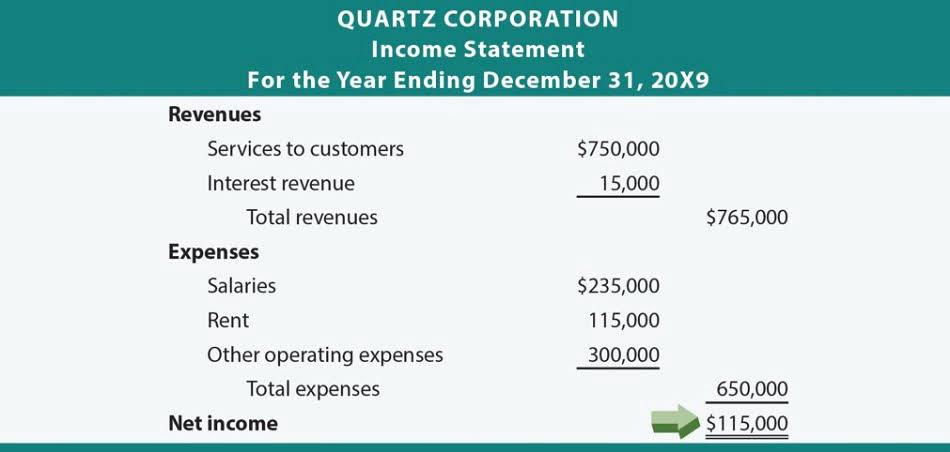
The equity owners are then known as stockholders or shareholders, how to calculate equity in business and they can very easily sell their shares in the public markets. New investors, in turn, can buy shares in the company to become partial owners. Some startups choose equity financing to raise money without taking on business debt. With equity financing, business owners receive funding from an investor in exchange for a percentage of ownership in the company.
The Equity Equation: Assets Minus Liabilities

Finance professionals are typically concerned with forecasting or estimating how a company will perform in the future. Accountants, on the other hand, are focused on providing a detailed and accurate picture of Bookkeeping for Etsy Sellers what has actually happened, and, thus, they focus on the past. To learn more about financial statements, check out CFI’s Accounting Courses. Find out how much investment you’ll need to launch your own company in the UAE.

Common Mistakes While Calculating Equity
- A company usually must provide a balance sheet to a lender to secure a business loan.
- In the realm of public companies, this information is readily available on their balance sheets, mandated components of quarterly (10-Qs) and annual reports (10-Ks).
- Another way to boost ROE is to reduce the value of shareholders’ equity.
- You can think of CAPM as the “rent” investors charge for letting companies use their money.
- Boost your confidence and master accounting skills effortlessly with CFI’s expert-led courses!
- The distribution of equity ownership varies depending on the business’s structure.
- A company may have intangible assets, such as a recognizable brand name, reputation, and goodwill, that may raise its value.
Learning how to manage equity effectively is critical to running a successful company. It ensures ownership is distributed fairly, aligns with long-term goals, and fosters sustainable growth. These equity management tips offer insights into handling ownership distribution strategically.
Best Medical Practice Loans for Physicians

Understanding this balance gives investors a clearer picture of a company’s strategy and potential. Understanding the components of business equity is essential for evaluating a company’s financial health. These elements provide insight into ownership value and how funds are used within a business. Here’s a breakdown of the key components which can help you learn how Accounting Periods and Methods to compute equity effectively.
- Stockholders’ equity, on the other hand, refers to the ownership interest held by shareholders in a corporation.
- There is also such a thing as negative brand equity, which is when people will pay more for a generic or store-brand product than they will for a particular brand name.
- In simple terms, we can analyze that if the entity is a sole proprietorship, the equity section is referred to as owner’s equity.
- All the information needed to compute a company’s shareholder equity is available on its balance sheet.
- While most analysts use similar tools—CCA, DCF, industry multiples, etc.—they often weigh these methods differently.
How to Boost Your Small Business Credit Score
If used in conjunction with other tools and metrics, an investor can accurately analyze the health of an organization. These different types of equity play a crucial role in determining the ownership structure, financial health, and growth potential of a business. Understanding the distinctions between owner’s equity, stockholders’ equity, and equity financing is essential for making informed decisions and evaluating the overall value of a company. Contributed capital includes the funds that shareholders have invested in the company in exchange for ownership shares, commonly known as common stock or preferred stock.




